Blog
We discuss everything from rhinoplasty techniques to how long dermal fillers last in our detailed and informative blogs.
31
Dec

If you're considering rhinoplasty, planning is a key factor to achieving your desired results—especially if you’re timing your procedure around a special event like a wedding or milestone celebration. The Healing Process: What to ExpectShort-Term Recovery (1 we...
View More01
Mar

Surgery of the upper eyelid is one of our most popular rejuvenative procedures. Upper eyelid surgery, also known as blepharoplasty, is popular for a number of reasons: The recovery is relatively painless; most patients experience some itching of the skin around the incis...
View More01
Mar
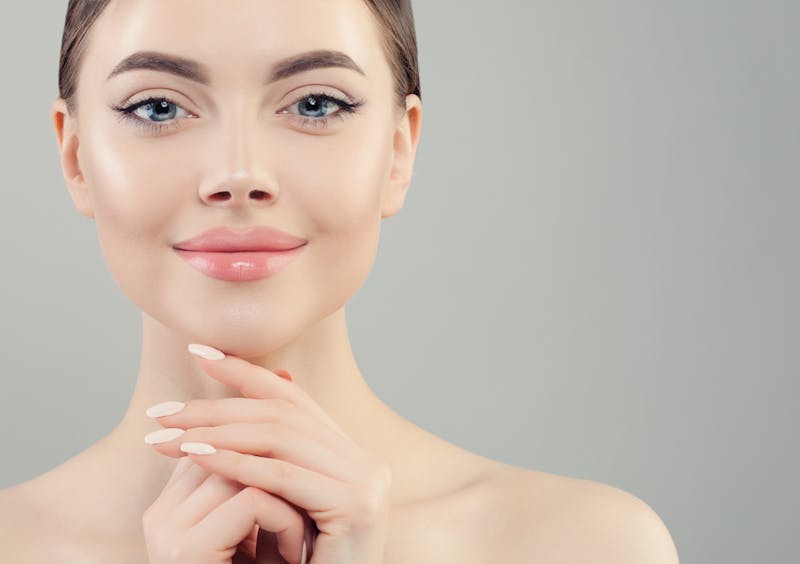
In my more than 25 years of practice in the field of facial plastic and reconstructive surgery, I have developed a regimen for my patients that optimizes their surgical outcomes. What follows is what I recommend to my patients. Every patient should adhere to the instr...
View More17
Apr
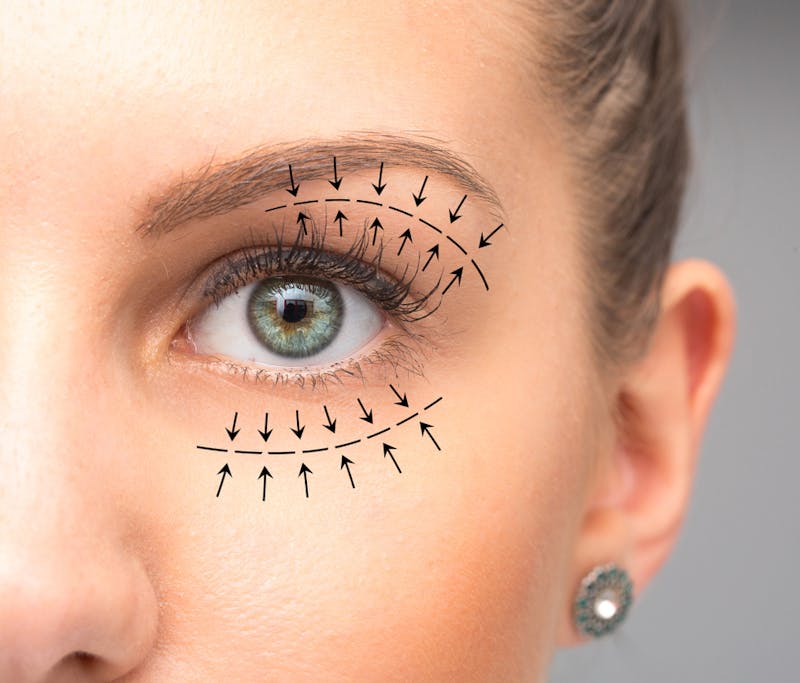
As we age, the skin around our eyes can become thinner and more delicate than in other areas of the face, leaving it more prone to wrinkles and puffiness. These signs of aging can make us look tired, no matter how healthy and rested we feel. Fortunately, blepharoplasty, or eyelid...
View More17
Apr
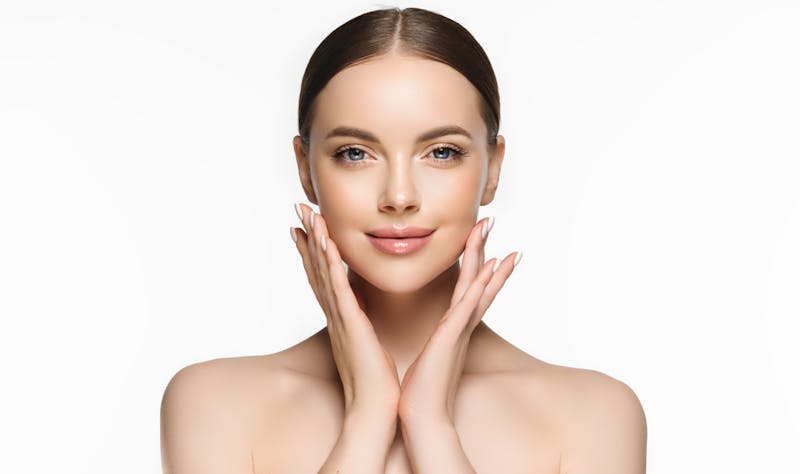
If you rely on a traditional skin routine to keep your skin free from wrinkles and fine lines, you have likely been disappointed with how long the results last. While maintaining a healthy skin routine can benefit your skin, it may not offer the long-lasting results you need. At...
View More17
Apr

Everyone has a unique facial structure that can respond differently to the aging process. Some people struggle more with loss of volume, while others can begin to see more lines and wrinkles. Dermal fillers can be suitable for treating both concerns and can also be useful for con...
View More17
Apr
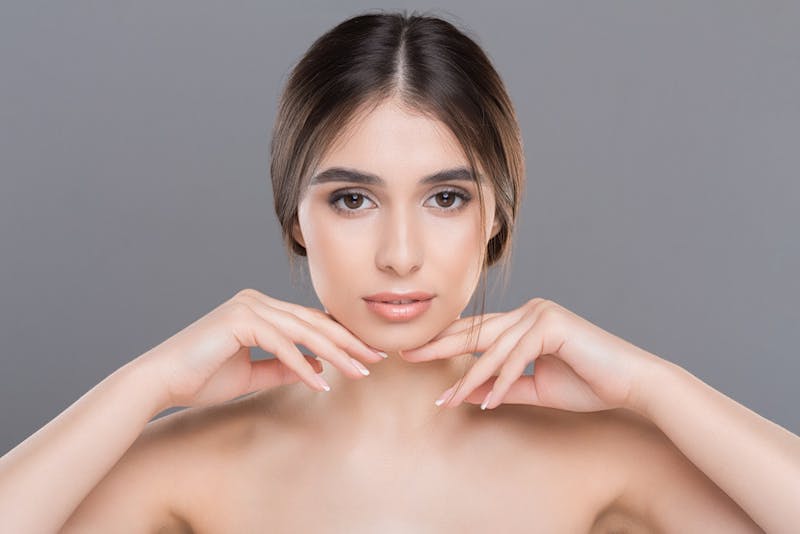
Have you ever deleted a picture on social media because you didn't like the way you looked? Photographs are important because they can allow you to relive some of the best moments of your life. However, there are many people that don’t feel happy about the way they lo...
View More17
Apr
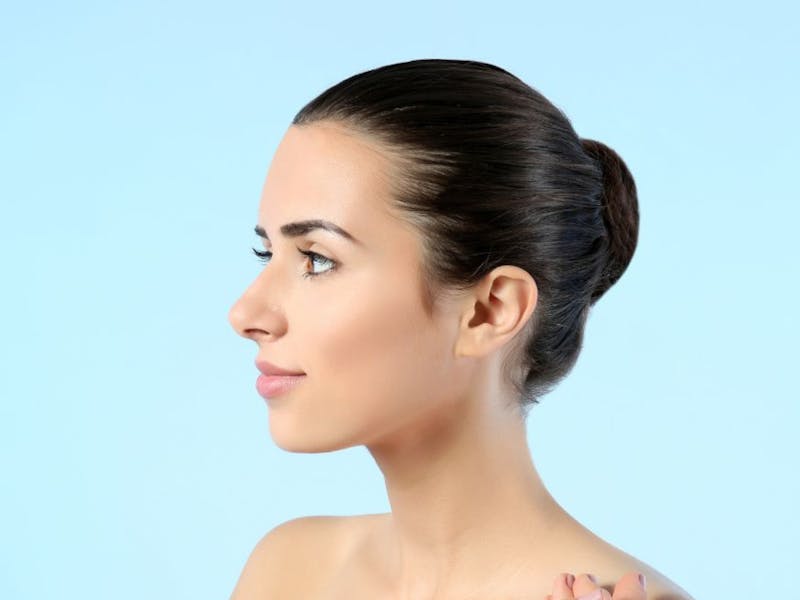
At Chevy Chase Facial Plastic Surgery, we're experts when it comes to wide nose rhinoplasty so that you can get the nose that best fits your face. This surgical procedure can help slim the nose, correct deformities, and reduce flaring nostrils so that you feel...
View More17
Apr

Have you ever wished your nose looked different? Maybe you would like to change your nose's shape, size, or alignment on your face. This is possible with rhinoplasty surgery. Rhinoplasty corrects the orientation of your nose on your face. If you want to beautify your nose...
View More17
Apr
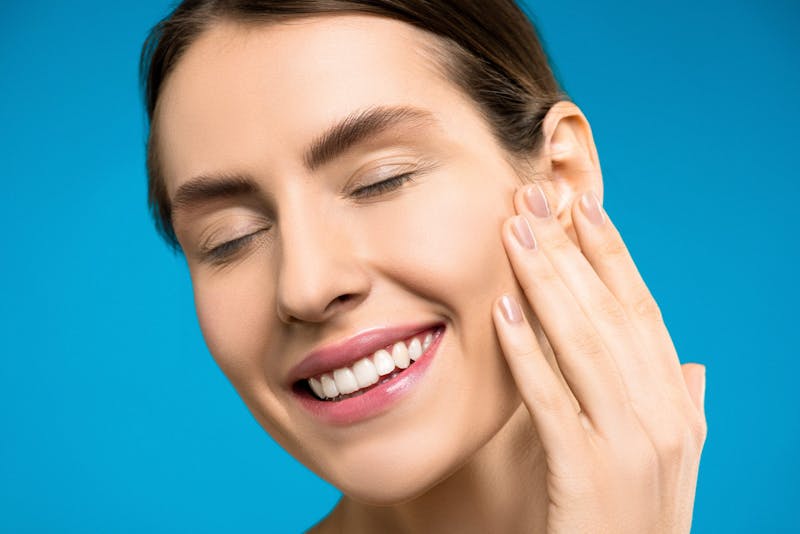
Can Facial Fat Transfer Help Restore Your Youthful Look? Reducing the amount of unwanted fat on your body helps keep you healthy, but fat can be an advantage when it comes to a youthful face. When we are younger, small fat deposits under the skin are partially responsible f...
View More